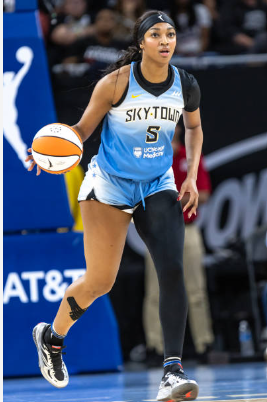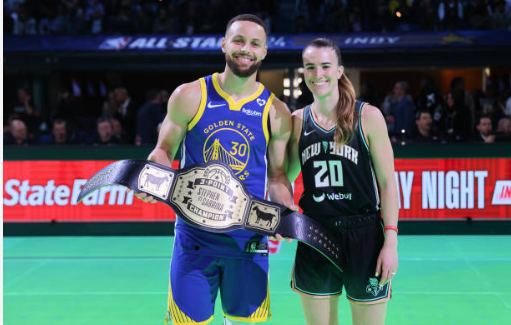
The emergence of the 2024 rookie class, spearheaded by Caitlin Clark and Angel Reese, has played a pivotal role in the substantial growth of the WNBA. This development is set against a backdrop of the league’s revenue, which has doubled over the last five years. However, even with the recent rise in viewership and financial gains, The Washington Post reported last week that the WNBA has faced annual losses of no less than $10 million since its establishment in 1996.
In addition, the league anticipates a financial shortfall of $50 million for this season, even in light of heightened interest and viewership. Nevertheless, there is a possibility of forthcoming support that could markedly improve its future outlook.
The WNBA is on the verge of a substantial increase in its media rights deal, with projections indicating a potential quadrupling of its current contract value. Media rights agreements are among the primary sources of revenue for sports leagues. For example, the NBA, which has a significant equity stake in the WNBA, earns roughly $2.7 billion annually from its media rights deal. This data illustrates that over one-quarter of the NBA’s total revenue, which exceeded $10 billion in the last season, is derived from this source. Other leagues may have an even stronger dependence on media rights for their financial resources. At present, the WNBA’s media rights agreements with ESPN, Scripps, and Amazon produce an estimated $60 million annually. However, according to Front Office Sports, the league’s next media rights deal could escalate to approximately $240 million per year..
The anticipated amount would be substantial for the league, as it would exceed the $200 million in revenue that the WNBA achieved during the 2023 season. Moreover, the league is expected to receive a significant financial boost from its expansion teams. For example, Joe Lacob, the owner of the Golden State Warriors, has agreed to a $50 million expansion fee to introduce the Golden State Valkyries to the WNBA in 2025, with a Toronto team also set to debut in 2026. This surge in revenue is projected to act as a significant catalyst for the WNBA, possibly enabling the re-negotiation of the players’ contracts, which have historically been at a low level.
The WNBA has a bright future ahead.



